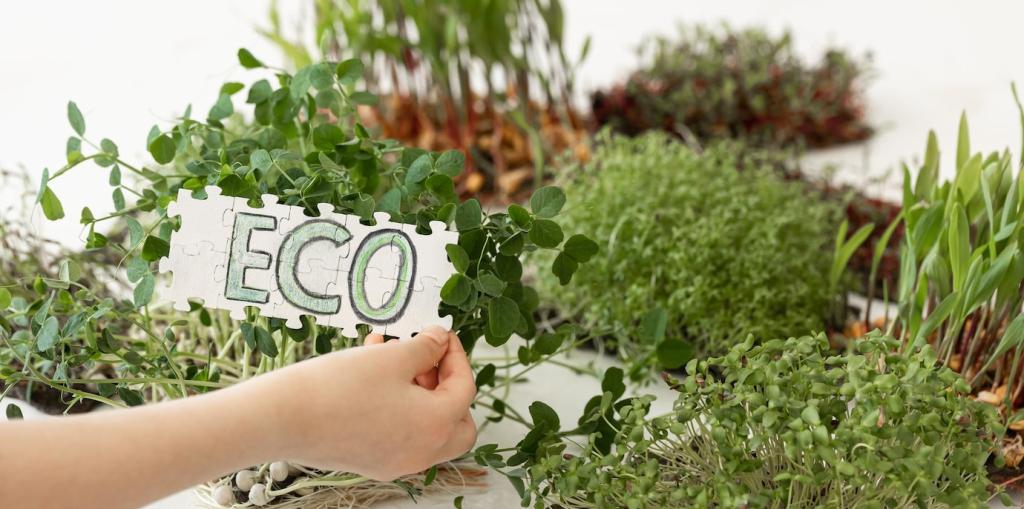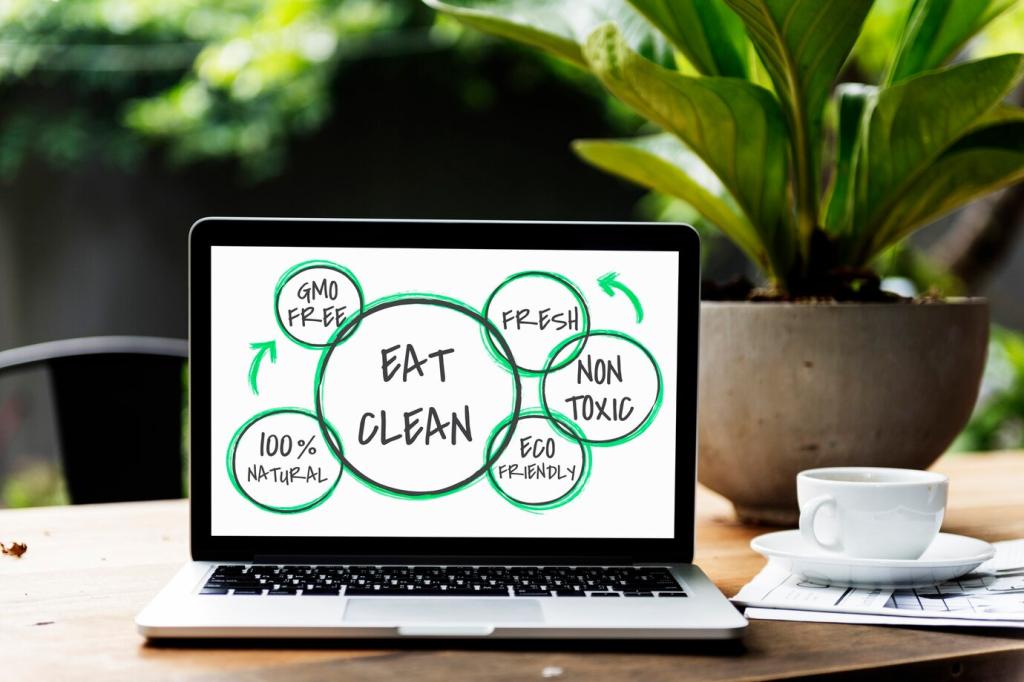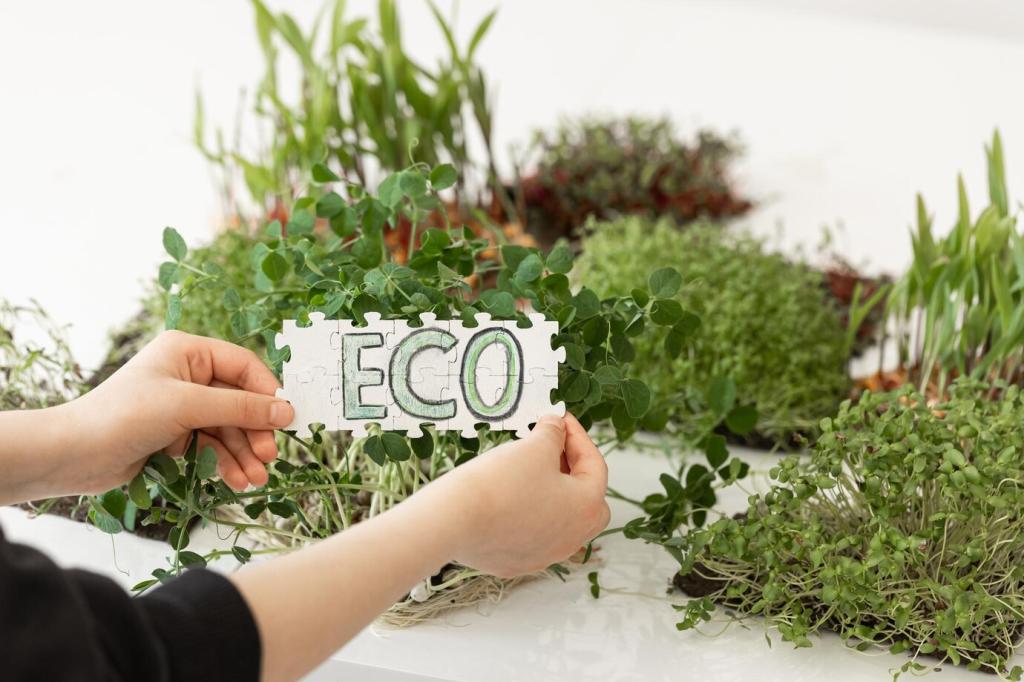Voice and Tone That Inspire, Not Guilt
Write in short, concrete sentences; avoid scolding; cite sources sparingly but solidly. Pair kindness with specifics: name the material, the supplier region, and the improvement curve. Readers feel respected, not lectured, and are more likely to act thoughtfully.
Voice and Tone That Inspire, Not Guilt
Small prompts change behavior: “Bundle items to cut one delivery’s emissions,” or “Default to slow ship; we’ll plant a native tree for every consolidated order.” Place these nudges where choices happen, then celebrate the collective impact after checkout with gratitude.






